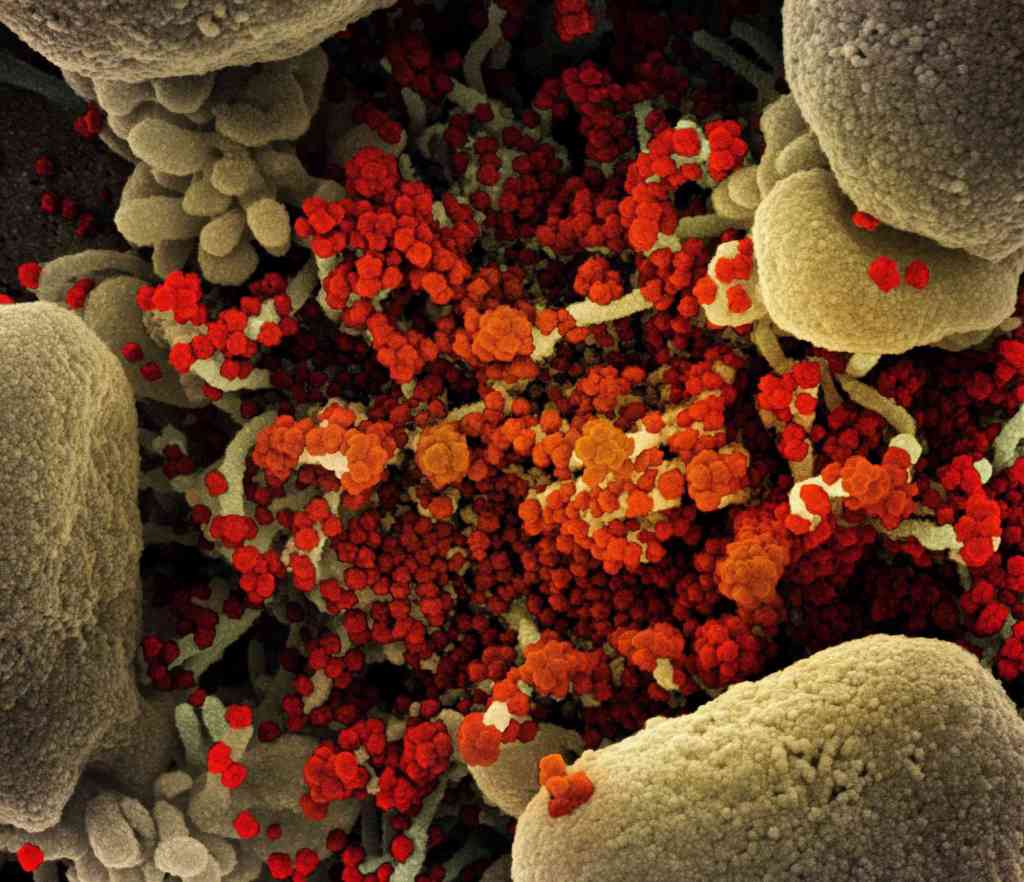It sounds like something Elon Musk might have cooked up: “Disease X.”
In fact, the term was coined years ago as a way of getting scientists to work on medical countermeasures for unknown infectious threats — novel coronaviruses like the one that causes COVID-19, for example — instead of just known ones, like the Ebola virus.
The idea was to encourage the development of platform technologies, including vaccines, drug therapies and diagnostic tests, that could be rapidly adapted and deployed in response to an array of future outbreaks with epidemic or pandemic potential.
1. What is ‘Disease X?’
It’s the somewhat mysterious name for an illness caused by a currently unknown, yet serious microbial threat.
The World Health Organization added Disease X in 2017 to a short list of pathogens deemed a top priority for research, alongside known killers like Severe Acute Respiratory Syndrome (SARS) and Ebola.
The issue made it onto the agenda of the World Economic Forum in Davos, Switzerland, with WHO Director General Tedros Adhanom Ghebreyesus joining other health officials to discuss it.
COVID-19, caused by a novel coronavirus, was an example of a Disease X when it touched off the pandemic at the end of 2019. The vast reservoir of viruses circulating in wildlife are seen as a likely source of more such diseases. That’s because of their potential to spill over and infect other species, including humans, giving rise to an infection against which people will have no immunity.
2. What’s the point of studying Disease X?
As the WHO puts it, it’s to “enable early cross-cutting R&D preparedness that is also relevant” for an unknown disease.
The humanitarian crisis sparked by the 2014–2016 Ebola epidemic in West Africa was a wake up call. Despite decades of research, there were no products ready to deploy in time to save more than 11,000 lives. In response, the WHO created an R&D Blueprint to accelerate development…
Read the full article here







